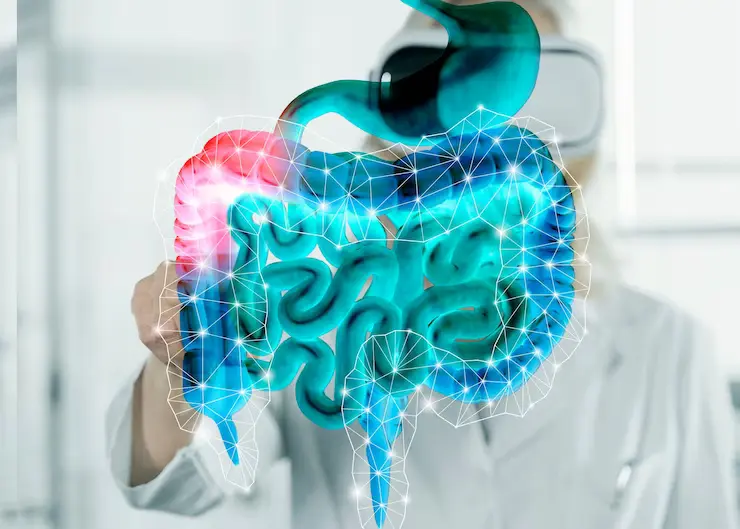- Home
- Departments
Departments Of Small Bowel Enteroscopy
Small-Bowel-EnteroscopySmall bowel enteroscopy is a specialized procedure used to visualize and evaluate the small intestine, also known as the small bowel. This area of the digestive tract is challenging to access with traditional endoscopic techniques due to its length and location deep within the abdomen. Small bowel enteroscopy allows for direct examination of the small intestine, enabling diagnosis and treatment of various gastrointestinal disorders affecting this region.
There are several techniques for performing small bowel enteroscopy:
Push Enteroscopy: In push enteroscopy, a flexible endoscope is advanced through the mouth or rectum into the small intestine, allowing visualization of the proximal portion of the small bowel. This technique is typically used to examine the upper or lower portions of the small intestine.
Balloon-Assisted Enteroscopy (BAE): Balloon-assisted enteroscopy involves the use of specialized endoscopes with balloons attached to the tip. The balloons are inflated to anchor the endoscope in place, allowing for deeper insertion into the small intestine. BAE can be performed via the oral or anal route and enables thorough examination of the entire small bowel.
Capsule Endoscopy: Capsule endoscopy is a non-invasive imaging technique in which the patient swallows a small capsule containing a camera. The capsule travels through the digestive tract, capturing images of the small intestine, which are transmitted wirelessly to a recording device. Capsule endoscopy provides a comprehensive view of the small bowel, although it does not allow for therapeutic interventions.
Small bowel enteroscopy is used to diagnose and treat various conditions affecting the small intestine, including:
- Small bowel tumors
- Crohn's disease
- Small bowel bleeding
- Malabsorption disorders
- Small bowel strictures or obstructions
- Small bowel polyps
During small bowel enteroscopy, tissue samples (biopsies) can be obtained for histological analysis, and therapeutic interventions such as polyp removal, stricture dilation, or hemostasis (control of bleeding) can be performed. The procedure is typically performed under sedation to ensure patient comfort.
Overall, small bowel enteroscopy is a valuable tool in gastroenterology, providing clinicians with the ability to diagnose and manage a wide range of small bowel disorders and improve patient outcomes.

